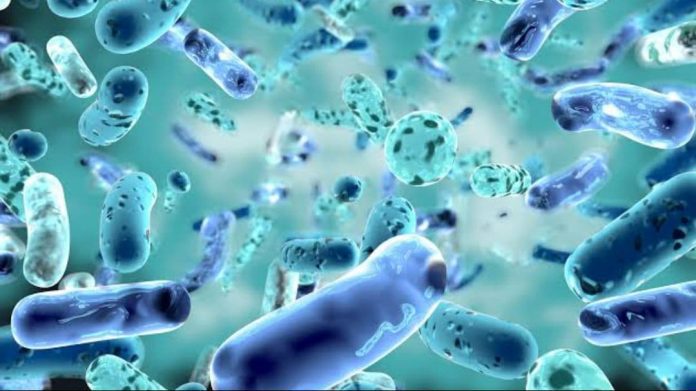Even though bacteria are structurally simple and tiny compared to eukaryotic cells, they exhibit an exceptional diversity in the cluster of entities differing in shape, size, metabolism and habitat. Most of the free-living bacteria are very different from bacteria which are adapted to survive as symbionts or animal parasites. Consequently, there is no “rule” as such on the structure or composition of bacteria, where exceptions are plenty.
Bacteria are prokaryotes, they are generally devoid of chlorophyll. These microbes are unicellular entities and do not exhibit true branching, the exclusion being higher bacteria such as actinomycetales. The size of bacteria varies, generally, these are small (smallest are members of the genus Mycoplasma) and are close to 0.3 um in diameter. In length, they vary between 2u and 8u. Did you know that the largest species of rod shaped bacteria, B. megaterium, is close to 4 μm long across 1.5 μm? Indeed, their variedness is remarkable.
The cell shape of bacteria is mainly determined by proteins referred to as MreB which form a spiral band in the inside of the cell underneath the cytoplasmic membrane. It is considered to be the defining structure and it does so by assigning extra proteins which channelize the particular sequence of growth of the bacterial cell.
Some facts about Bacteria
Bacteria are found at almost every possible location on Planet Earth right from the crust of the Earth, in the bodies of animals and plants, oceans to the polar ice caps – they are ubiquitous. Let us take a look at some astonishing facts about bacteria.
- Do you know how many bacteria are in your mouth right now? More than the number of people in this world, apparently. Yes, that is right
- There are innumerable bacteria on the gadgets you use every day right from your mobile phone, laptops, electronics, keyboards etc
- Your smartphone alone holds 18 times the number of bacteria than the handle of a restroom
- Recall the characteristic smell of the rain? Even that is caused by a bacterium referred to as the actinomycetes. The smell stems from the bacteria in the soil which generates a compound called geosmin
- Did you know some bacteria are way stronger? The Gonorrhea bacteria is so strong that it is capable of pulling 100,000 times its own weight.
- Sweat per se does not have an odour. However, bacteria on the surface of the skin are the actual culprits which interferes with sweat thus imparting body odour
- So whoever gets to detect these bacteria must be rewarded heavily, right? That is why the blood of horseshoe crab is worth US $15000/ L as it has the capability to identify and detect bacteria
- Bacteria are not just like that, called the “oldest known life-form on earth”. These are known to be inhabiting the surface of the Earth for more than 3.5 billions years! Now, that is historic.
Shapes of Bacteria
Bacteria are classified into the following depending upon their shape, they are –
- Bacillus – rod-shaped cells
- Cocci – oval or spherical cells
- Vibrio – comma shaped curved rods. They have a vibratory motility
- Spirochetes – flexuous spiral forms
- Spirilla – rigid spiral shape
- Actinomycetes – branching filamentous bacteria
- Mycoplasmas – bacteria lacking a cell wall
This was a brief on bacteria and its diversity. Read about bacterial transduction next to better understand these minuscule entities. Alternatively, subscribe to BYJU’S YouTube Channel for more content.




![How Much is Lil Baby’s Net Worth in 2024 [Latest Info] Lil Baby Net Worth](https://www.wariat.org/wp-content/uploads/2024/03/Lil-Baby-Net-Worth-150x150.jpg)
![Rob Lowe Net Worth Speculation in 2024 [Comparative Analysis] Rob Lowe Net Worth](https://www.wariat.org/wp-content/uploads/2024/03/Rob-Lowe-Net-Worth-150x150.jpg)

